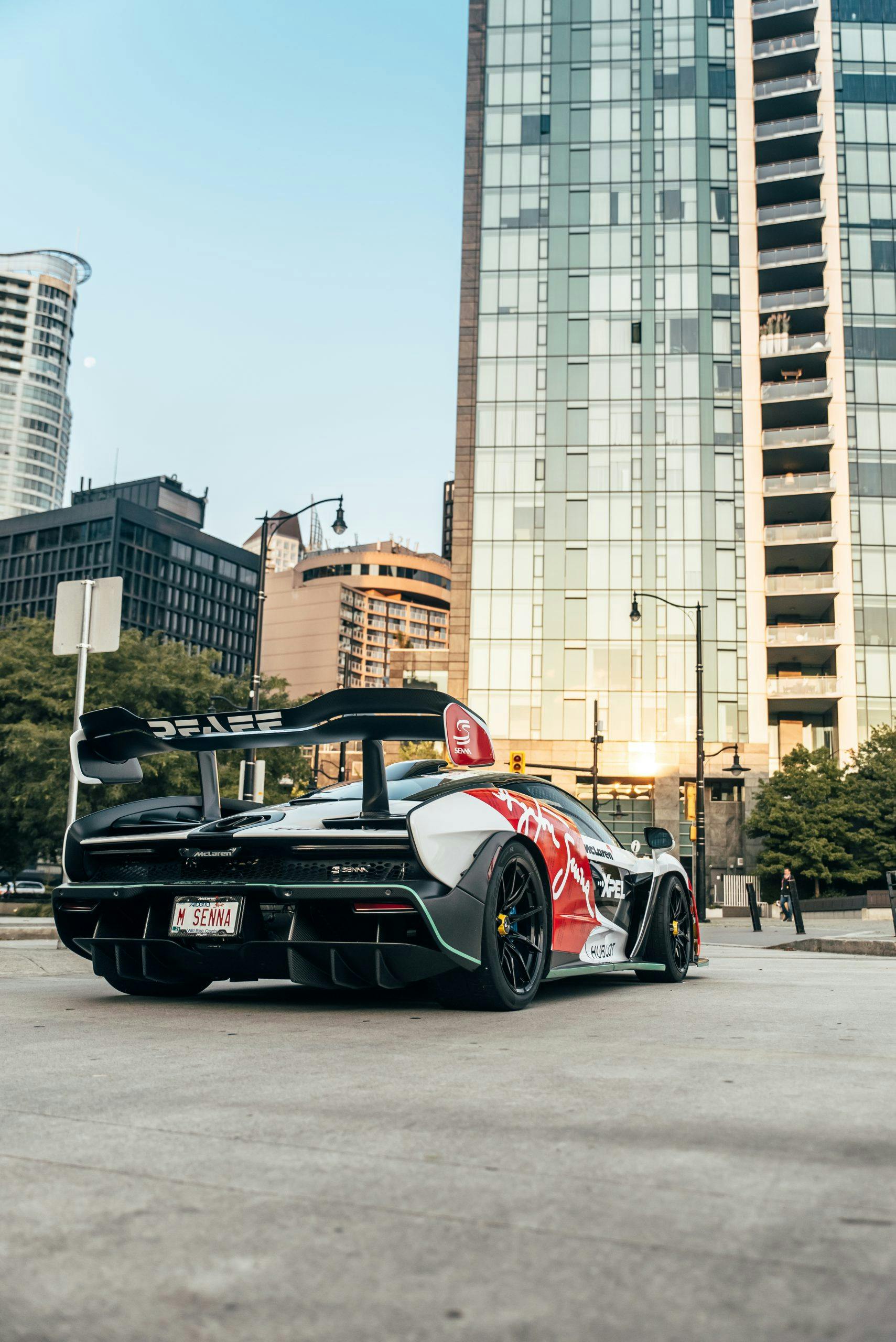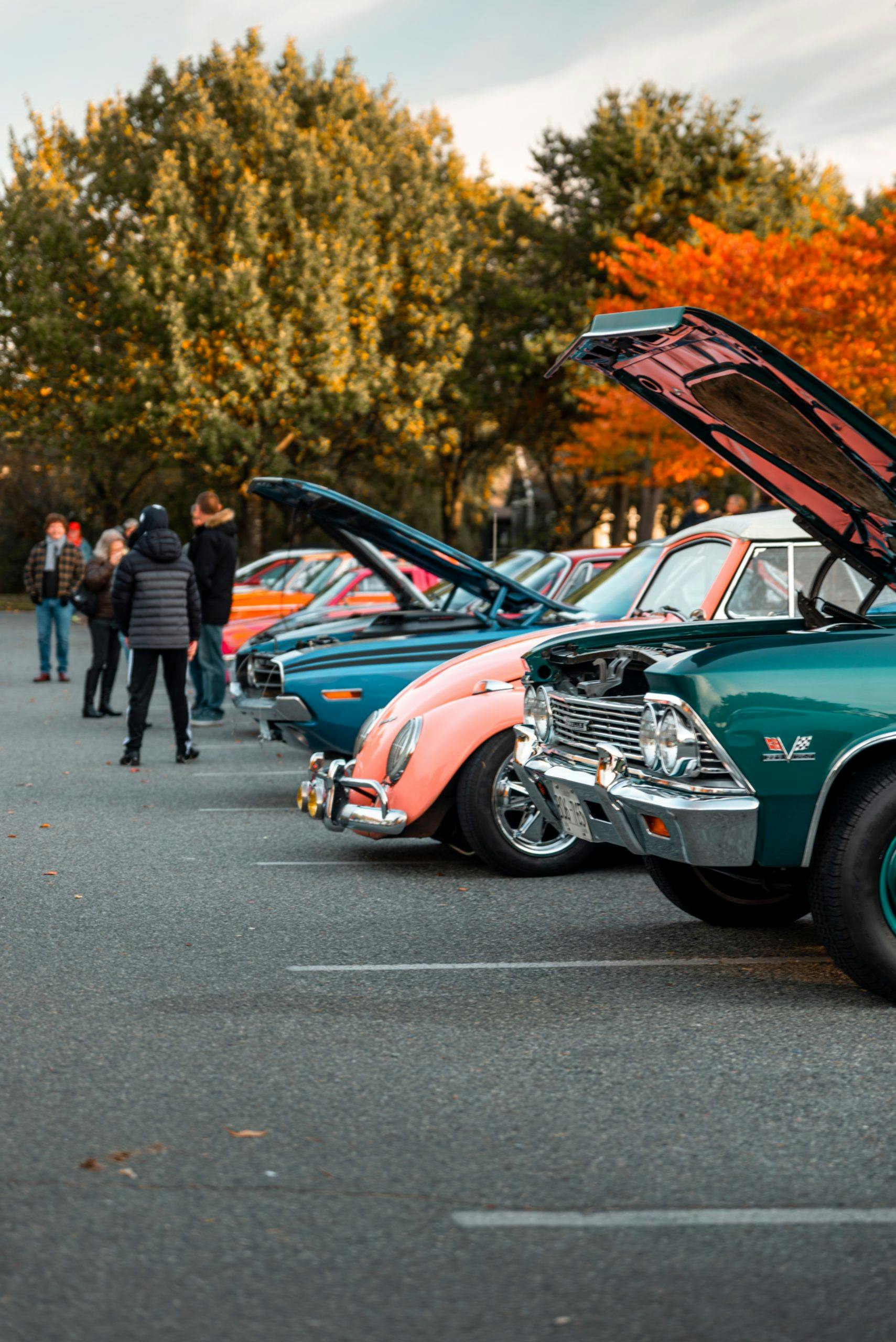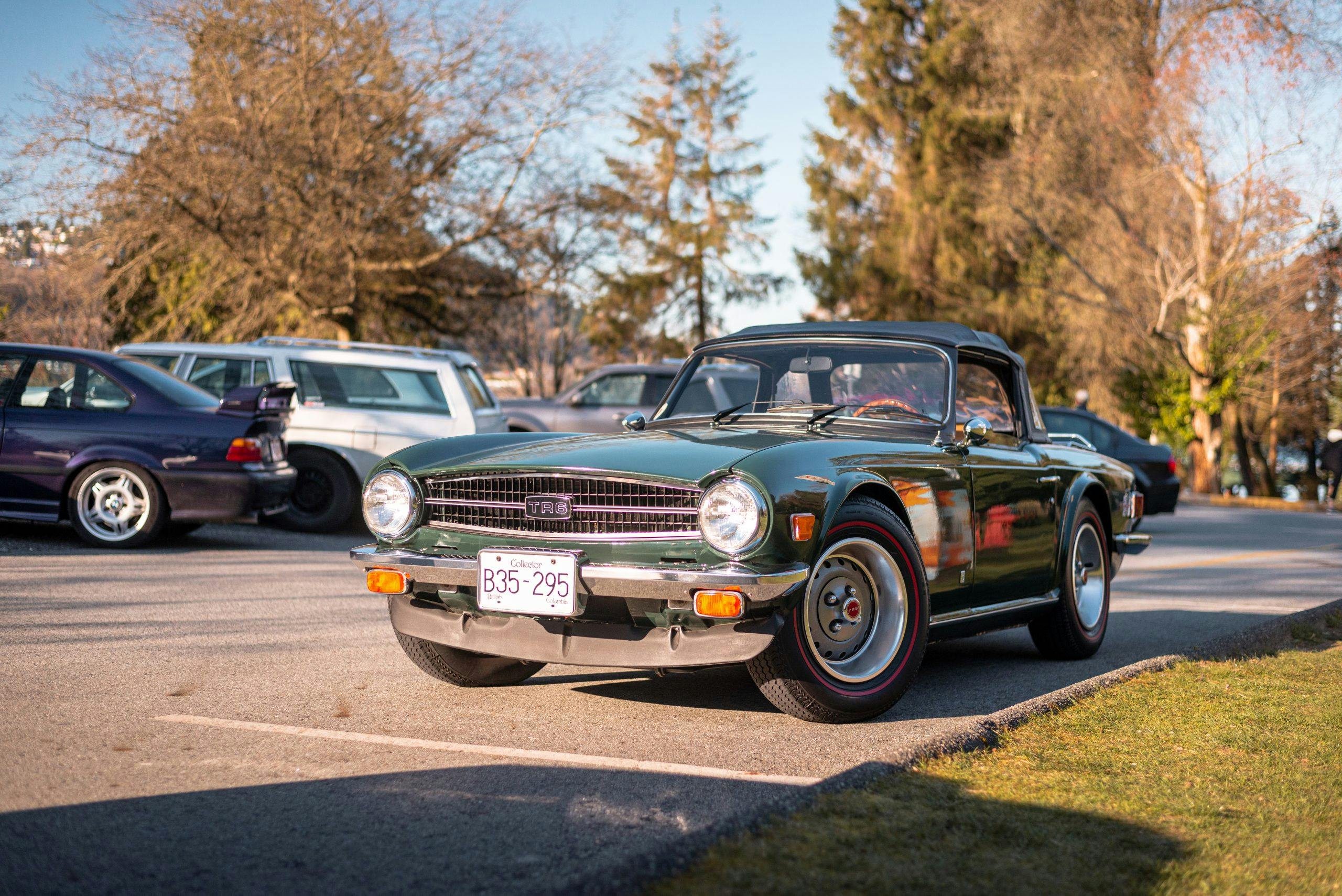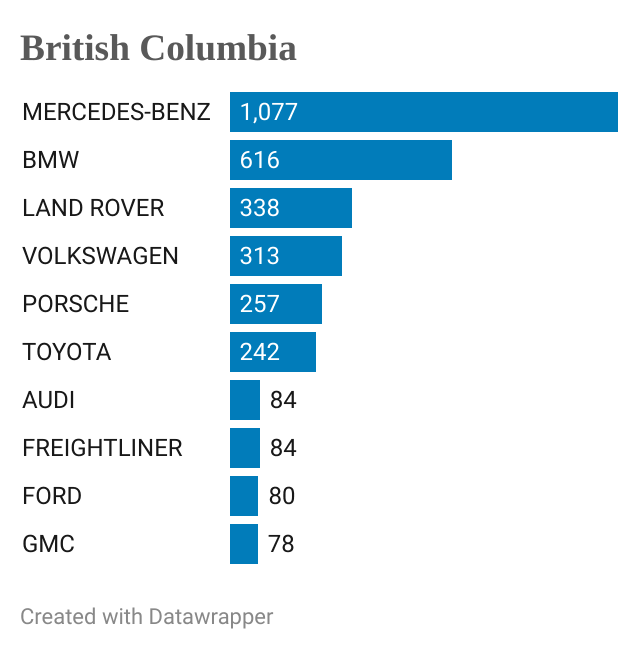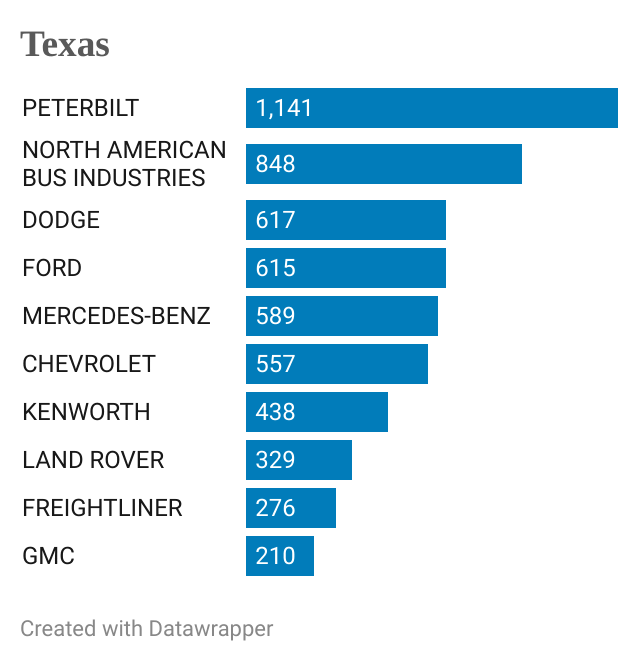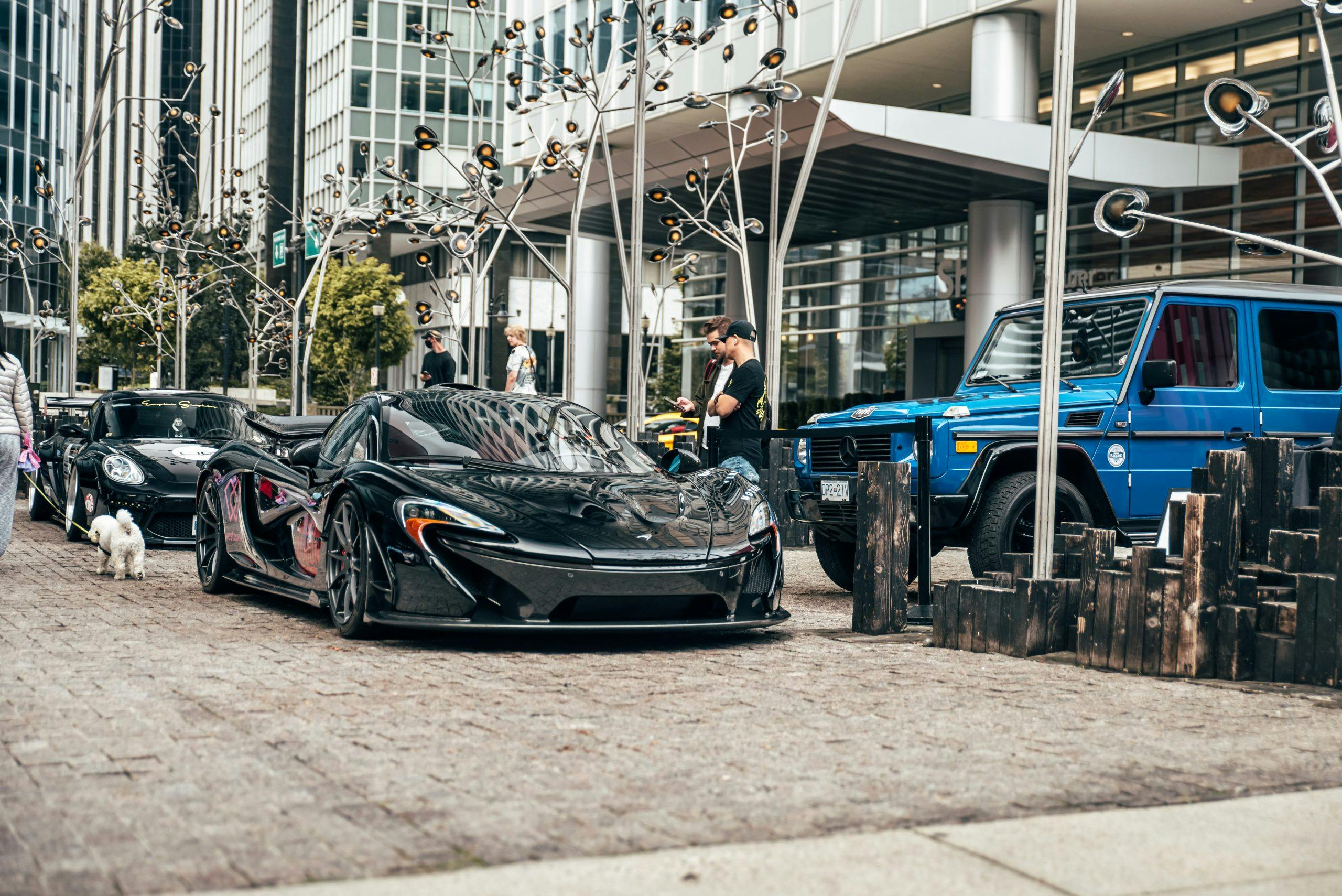Media | Articles
If you want to understand the global collector car scene, go to Vancouver
You won’t find the supercar capital of North America in South Florida, Beverly Hills, or Silicon Valley. In fact, this continent’s home of automotive exotica isn’t part of the United States at all. That honor belongs to Canada and, in particular, Vancouver, a medium-sized city where a Lamborghini Aventador that’s street-parked between two Kias is about as remarkable as an afternoon rain shower. In recent years, as more and more wealth has flooded the city from overseas, the high-end luxury and exotic market has reached something of a fever pitch. Understanding the nuances of this pocket of automotive royalty, from its history to the here and now, might just provide a window into the future of the collector car market in the rest of the world.
Why Vancouver? Simply put, the wealthy want to live there, and so the cars follow. It’s one of the hottest real estate markets in the world—an international, cosmopolitan metropolis that has the dubious honor of being one of the least affordable housing markets in the world. The city’s location on the Pacific, amid forests and mountains, makes it undeniably beautiful and also situates it within a day’s flight to much of China and Europe, as well as anywhere in the United States.
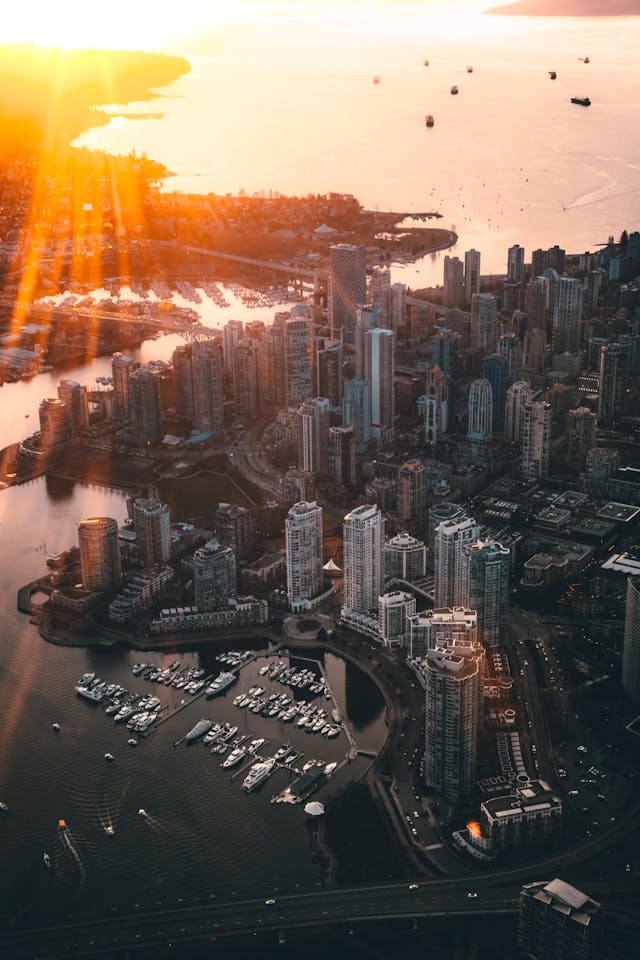
“Vancouver is an international city, a collage of cultures and wealth,” says Asgar Virji, President and CEO of Weissach, a high-end dealership network that includes Bugatti, Lamborghini, Lotus, RUF, and Koenigsegg. “That’s both local wealth—a quiet money that exists both in Vancouver and Victoria—but also international money that comes in. People are buying homes, living here.”
And they’re buying expensive cars. Although British Columbia’s 5.1 million people account for just 13 percent of Canada’s population, the province is home to nearly 22 percent of the exotic cars and 27.5 percent of the pre-1980s classics that Hagerty insures in the country. In 2018, Rolls-Royce chose the city as the locale to globally launch the glitzy $330,000 Cullinan. Not Dubai, not Monaco, not Moscow. At least six sold that very night.
But it’s not just the city’s wealth that makes it significant to the collector car market. One must also look at its history and present-day demographics. Vancouver’s love affair with high-end collector cars traces its roots to when Canada was still a dominion in Great Britain’s vast empire. In the fifty-odd years leading up to World War I, the powerful families and business elite of Britain came up with an effective solution to a pressing question: What to do with the black sheep of their families? Naturally, there are few problems that piles of money and thousands of miles can’t solve. Eccentrics, rogues, and any other flavor of unwanted or embarrassing offspring were often shipped off to the colonies: India, Australia, South Africa, and others. In Canada, left with little but regular allowance from home, these so-called “remittance men” were looked upon by locals as sad, albeit amusing curiosities. The true era of the remittance men ended after World War I, but the practice of sending undesirable children to distant lands—and paying them to stay there—endured for decades after.
Marketplace
Buy and sell classics with confidence
In the Vancouver area, the remittance man was likely to make his home on Vancouver Island, home the provincial capital of Victoria, located some 60 miles west of—and, culturally speaking, a world away from—the city. Many of these wealthy noblemen eased their boredom and loneliness with a steady diet of exotic cars, Bentleys, Rolls-Royces, Jaguars, Mercedes-Benzes. All manner of British sports cars still litter the island; a ferry ride is also in order if you’re on the hunt for oddball stuff like Rileys, Humber Super Snipes, Armstrong Siddeleys, and the like.
Aside from rich British parents, the main source of wealth in Vancouver in decades past was fishing and logging. Those who had come back from long work assignments were known to come home with a stack of cash and the intent to enjoy a piece of American muscle. Shelbys, Camaros, Mopars, you name it. Many of these vehicles survived (rust isn’t much of a problem in the Pacific Northwest) and helped build Victoria’s reputation, in particular, as a gold mine for performance metal.
In more recent years, Vancouver has become a home away from home for a new set of expats who, like their British forebears, have a thirst for expensive automobiles. Excellent schools like the University of British Columbia attract students from all over the world, especially from Hong Kong and mainland China, and ultra-rich families can easily afford to send their children to school with the comforts of a luxury condominium and a supercar to daily drive. Some of them do just that. In 2018, the Vancouver Sun reported on a growing number of condominiums being built exclusively for the cars of ultra-wealthy foreign nationals:
“The Chinese-English website of one says the air-conditioned, high-security supercar units have sold briskly to keep up with demand from buyers, some of whom make their $300,000 (Canadian) car purchases in cash.”
This influx of wealthy students has led to something of an odd phenomenon where young drivers not yet fully through B.C.’s graduated license system drive around in blistering supercars with mandatory “N” stickers—for novice—plastered on their bumpers. Naturally, these drivers can elicit strong feelings from the general public, as well as from older car enthusiasts, especially when they speed or otherwise misbehave. Yet in many respects, they’re not all that different from the young, thrill-chasing car lovers who are mythologized elsewhere, such as on Woodward Avenue of the 1960s and the Tokyo street-racing scene of the 1980s and ’90s.
“These are young people, students, who like to travel together, have free time, are away from their parents, and like cars just like any of us,” notes Virji. He adds that many of these young collectors who are first exposed to hypercars will, in four or five years, take their interest and enthusiasm into the classic market.
In addition to the British antiques milling around Vancouver Island and the hypercars zooming around the downtown, there’s one more kind of car that is deeply entrenched in the area. Canada’s relatively lenient 15-year import rule, along with Vancouver’s location on the Pacific, has made the city a mecca for JDM vehicles and other imports.
“Imports of all kinds have really taken off since I got into the business eight or nine years ago,” says Rami Riggi, owner of export service R7 Power. “Whether it’s cheap kei cars or Carrera RSes, there are just a lot of cars that find their way to this area.”
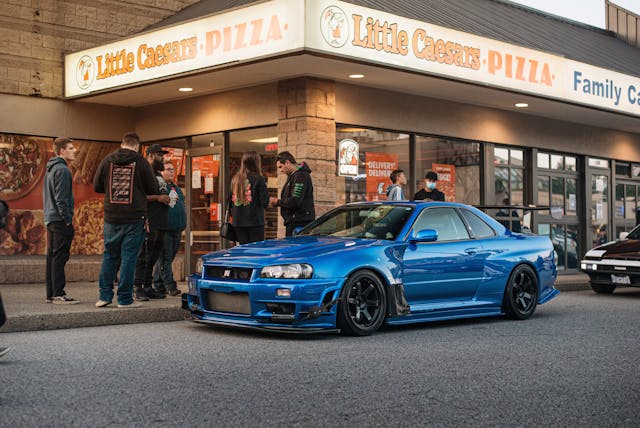
Many of the buyers are local cognoscenti, looking for something that will set them apart from the sea of new BMWs and Bentleys. Others are, in fact, Americans buying and stashing cars before they become legal (and much more expensive) in the United States. “With the way prices are rising, it makes sense to pay the storage fees,” Riggi explains.
If you are looking to import a JDM car that has spent time in Vancouver, pay particularly close attention to its accident history. Relatively inexperienced owners driving right-hand-drive vehicles is a recipe for mishaps large and small, and given the difficulty of sourcing parts from Japan, these mishaps are more likely to result in total loss than with other vehicles.
Even if you’re not shopping for a Nissan Skyline or Mitsubishi Delica, Vancouver’s car scene is worth watching. With a rich history, enthusiasts and cars from all over the globe, and a constant stream of wealth, it is without a doubt one of the most dense, vibrant, and active collector-car markets on the globe.
Vancouver’s colorful gray market
Quantifying the presence of imported enthusiast cars in a given area can be difficult because the gray market is, as the very term connotes, somewhat hidden. One method Hagerty employs is to examine automotive registration data, which indicates each instance in which a vehicle model or trim level doesn’t correspond with what was originally offered in that domestic market. We see quite a few of these “unrecognized” VINs in British Columbia—about as many as in Texas, which has more than five times as many people. More telling than the raw numbers are the marques these vehicles come from. In Texas (and in many other states) they’re predominantly from truck and bus makers. This makes sense since it’s not uncommon for made-to-order trucks and the like to carry non-standard VINs. In British Columbia, though, luxury cars originally sold in other markets top the list. —Tim Weadock

